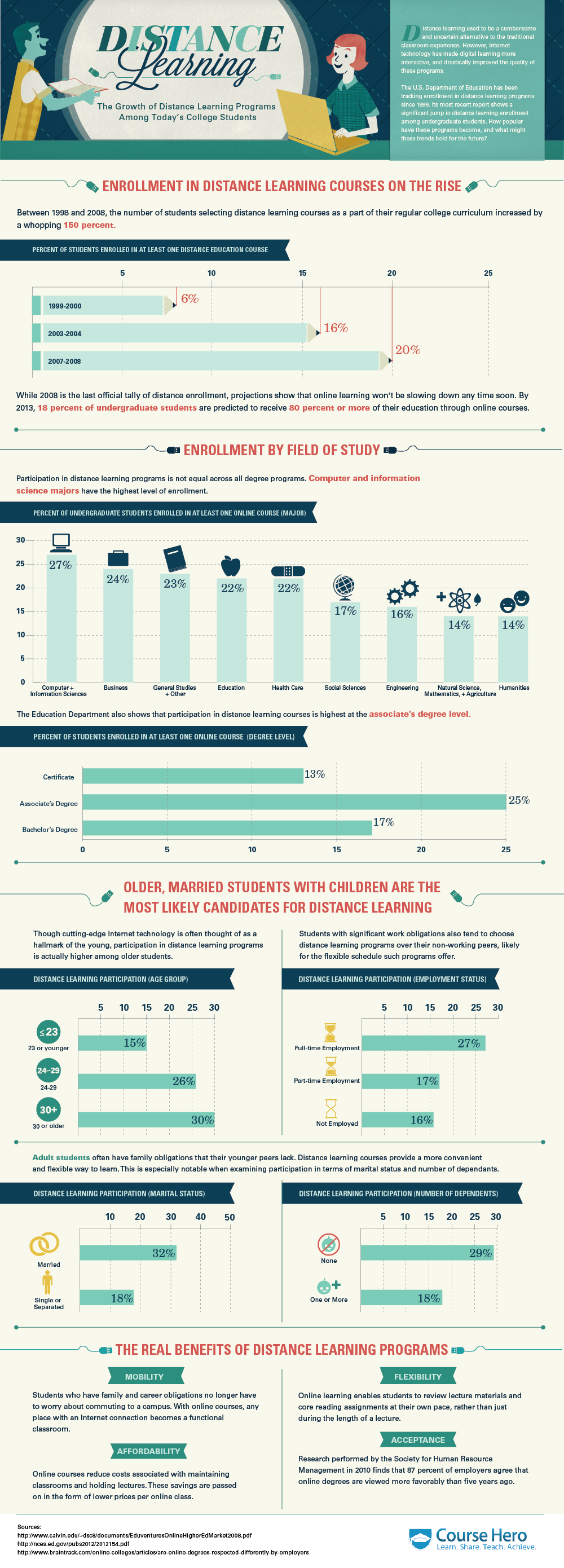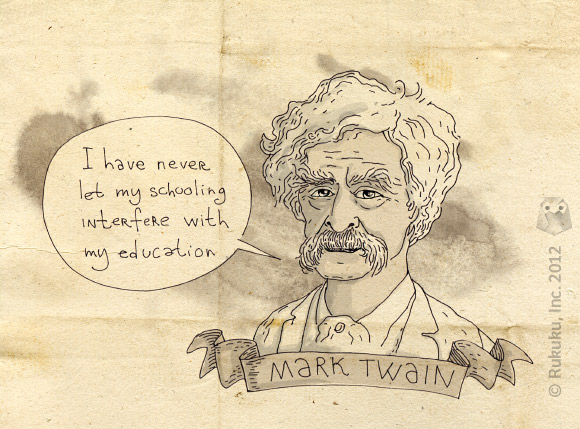The class isn’t always in the same place as the student. No matter:
Category Archives: At school
About that time vampire…
We don’t think about it much, but taking a class is a massive time commitment.
First off, students, teachers and administrators have to get to and from the location where the class is being held. In my case, this means wasting away in traffic on the Washington area’s largest parking lot (yes, 495: I mean you). As first-world problems go, sitting in traffic is the worst. It’s the very bane of my existence. Things I’d rather be doing: anything. Staring at a wall. Shaking hands with Justin Bieber. Getting waterboarded. Just as long as I don’t have to be on that godforsaken Beltway!
That aside, another factor increasing the time required to take a course is that large classes mean time is used inefficiently as teachers try to keep things orderly. This becomes especially poignant when the guy in the back row keeps asking the same insipid question over and over again, and you can’t climb up there and… kindly suggest that he talk to the professor after class. Or send an email.
Everyone’s very busy these days – a couple of extra hours of free time would be a blessing to many. With that in mind, it’s refreshing to think about the time that can be saved by just going online.
Infographic of the week: science, tech, engineering, and math education
This week, our focus shifts to education in the “left-brained” disciplines. Here’s an infographic depicting some of the challenges we face in educating the next generation of tech innovators.
[IMG source: http://www.loveinfographics.com/wp-content/uploads/2011/10/stem-professionals-dilemma-education-infographic.jpg]
Pulling the education system out of the past
How will online learning help to update our antiquated attitudes towards education?
Following directions vs. taking initiative. The very act of taking a class online is a major step forward in demonstrating an initiative to learn. A student who willingly takes a class that interests him/her is much more likely to succeed than one who feels he/she is doing so at someone else’s behest. The teacher-student relationship changes from a hierarchical one to a mutually beneficial partnership. Such an environment is far more conducive to taking responsibility for one’s own education.
Tolerance of discussion and questioning. With a varied market of services, educators, and classes, those who want to learn will be able to shop around and choose how they want to learn. Informed consumers who don’t wish to be handed a boilerplate no-questions-asked version of a subject – and we think most people who take the initiative to take a class are such consumers – will be able to select the type of instruction they want.
Allowing students, parents, and stakeholders to have a say in what should be taught. Because the student (and other involved stakeholders such as the parents) becomes the consumer, education providers have a serious incentive to offer the classes that are most relevant to the student’s needs. This simple market mechanism – the desire to benefit the consumer – is a serious deficit in public education.
Online technology is changing the conversation about how we ought to learn. We think this is great – every system requires occasional questioning and updating. Our education system needs it more than anything else.
Taking Initiative
Mark Twain once famously said the above words in reference to his experience in the American school system.
That was over a century ago. Would he still have said this in 2012?
The likely (and unfortunate) answer to that question is yes. The principles underlying the American education system have not changed significantly since Mark Twain’s time. We remain attached to a philosophy that:
• Values following directions over taking initiative
• Foists ideologically-laced information upon students without tolerating discussion or questioning
• Neglects young peoples’ natural desire to learn actively
• Prevents students, parents, and stakeholders from having a say in what should be taught
Granted, the United States is certainly not alone. That’s nothing to be proud of, though: along with most of the rest of the world, our students languish in a system whose basic attitude is stuck firmly in the 19th century.
Online technology holds the promise to be a catalyst for change in the thinking of the education community. Check us out on Friday for a discussion of how we can lead the charge in changing how we learn.
Breaking Barriers
As we outlined last Wednesday, there are several significant barriers preventing low-income people and other disadvantaged groups from accessing quality education. How can new technology address these deficiencies?
1. Technological advancement will lower the input costs of education. The traditional teacher-classroom education model is no longer the only game in town. With intuitive and flexible online platforms, teachers and learners will be able to meet in a virtual environment, drastically cutting costs. Before, this transaction would have had to incorporate the cost of transportation, a brick-and-mortar location, and materials, but now it only has to address the cost of hiring a great educator. Both the student and the teacher benefit.
2. Online platforms will allow a teacher to interact effectively with a greater number of students. Currently, a major limiting factor in the efficiency of education is class size. Thoughtfully designed online learning platforms can eliminate the constraints of the physical classroom while preserving (and even enhancing) the teacher-student relationship. This will further hack away at the major barrier to entry for many people – cost – while improving quality.
3. Online education technology will also bridge the quality gap by increasing accessibility. The beauty of learning online is that teacher and student can interact from anywhere in the world at any time. People in areas that are remote or lacking in quality teachers will be able to connect with great educators around the world – educational demand and supply will be connected in a dramatically new and more efficient way.
The possibilities are truly exciting.
Please check back with us all next week for more about educational problems and solutions!




